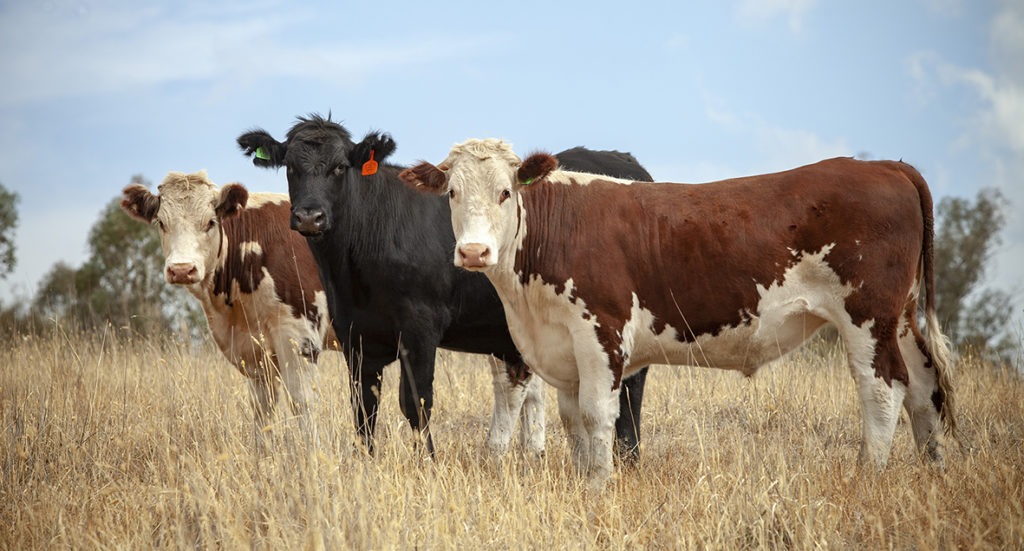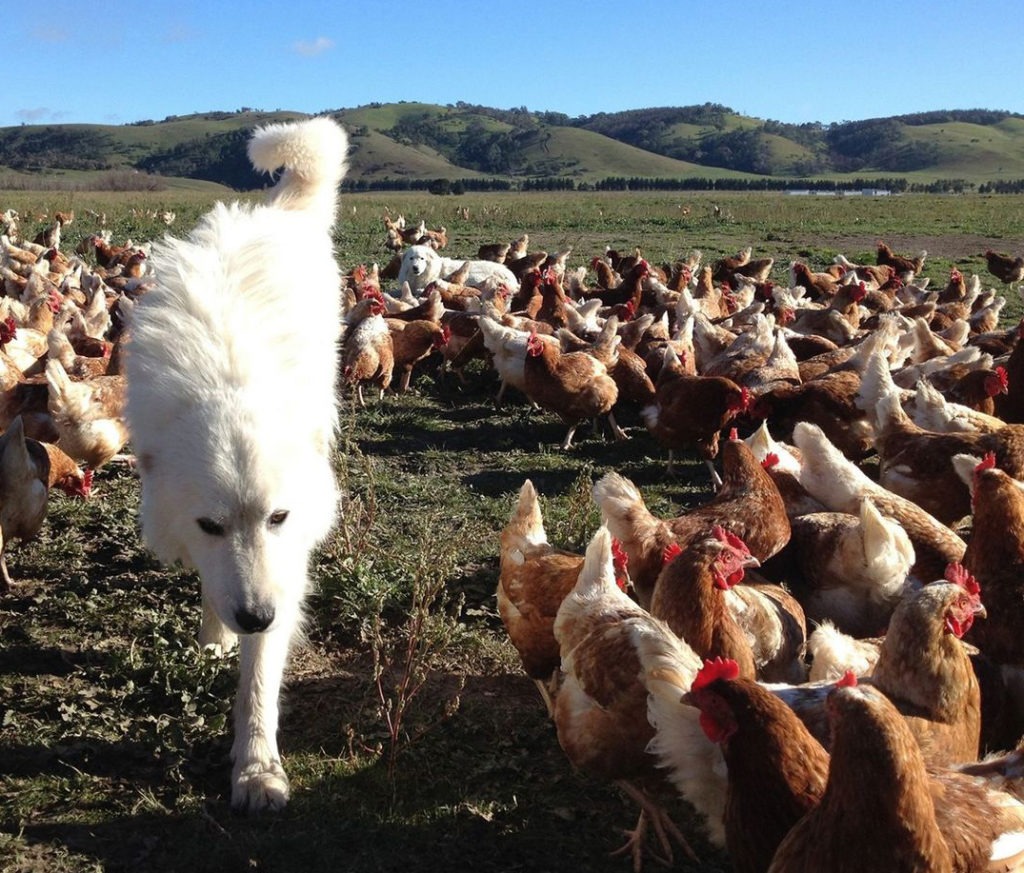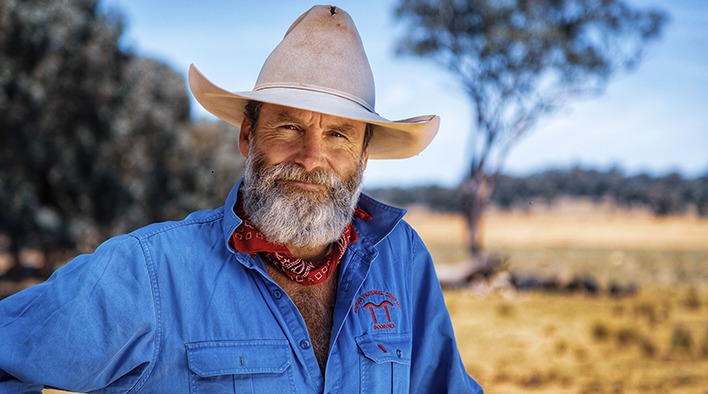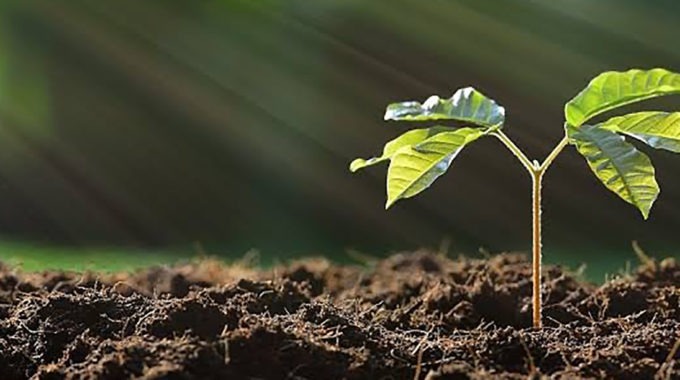It’s in the soil: securing our food future
The world’s fresh food supply is in jeopardy. Continual soil degradation from traditional farming practices has led the United Nations to estimate that we may only have 60 years of harvests left. Around a third of the planet’s soil is now severely degraded.
In a call to arms, independent Australian grocery retailer Harris Farm Markets has created “It’s All in the Soil”. This initiative urges all consumers, retailers, suppliers and farmers to take a closer look at farming practices and where their food comes from in a bid to educate Australians on the growing need for regenerative farming, and to back the fight against soil degradation and its impact on climate change.
More than one-quarter of the world’s greenhouse gas emissions come from traditional farming methods, making farming the second largest contributor to carbon in the atmosphere. Regenerative farming has the ability to sequester carbon from the atmosphere, reducing the impact of food production on climate change.

What is regenerative farming?
Regenerative farming focuses on understanding the ecology of the land and its diversity. Over time, it works to regenerate the land back to its natural state.
As much a philosophy as a science, this style of farming focuses on the ecology of the landscape and the biodiversity of the soil. Regenerative farming is an alternative to conventional, synthetic, chemical-fuelled farming. Rather than farming for a “product”, regenerative farming focuses on the soil, with the understanding that better quality soil will allow better harvests, with less invasive methods keeping more nutrients in the ground.
Benefits of regenerative farming include enriched soil, an enhanced ecosystem and increased biodiversity. Regenerative farming also sequesters carbon from the atmosphere, and healthy soil with higher carbon levels acts like a sponge for water, making farmers significantly more resistant to drought.

Taking a stand
Harris Farm Markets is the first Australian grocery retailer to take a strong stance on regenerative farming and shine a spotlight on the importance of regenerative farming practices and its impact on soil, carbon emissions and the final food product.
“Australia is an agricultural powerhouse, but if we don’t start to innovate the way we’re producing, we will be at risk of irreversible damage to our soil and therefore to our food supply,” says Angus Harris, co-CEO of Harris Farm Markets.
“Put simply, we’re urging all consumers to really question where their food is coming from and the impact this has on our future. If you’re concerned about climate change, the simplest way to do your part is to shop for regeneratively-farmed products.”
The It’s All in the Soil initiative to prioritise regeneratively-farmed produce has been years in the making, and has involved top sustainability experts, industry bodies and partners including Charlie Arnott, Land to Market Australia, The Mulloon Institute, YLAD Living Soils and regenerative beef producer and supplier Provenir. In addition to consumer and supplier education, the initiative also extends to composting activity in selected Harris Farm stores.

Better soil, better produce
Currently, Harris Farm Markets has more than 120 regeneratively-farmed products available in-store and online, with this volume of products and the number of suppliers using these methods set to double by the end of 2021, and double again by the end of 2022.
“Regeneratively-farmed products tend to taste different to products grown through traditional farming methods,” Harris says. “There’s no doubt the superior taste and quality also comes from nutrients and microbiology in the soil, so it’s unsurprising that, even without consumers understanding the nitty gritty, we frequently sell out of regeneratively-farmed products, like eggs from Mulloon Creek Natural Farms, which fly off our shelves.”

“Our food is only as sustainable as the environment”
The markets’ ethos extends to the Harris Family Farm, Cox’s River Rest in Megalong Valley, NSW. This farms beef, lavender and rosemary. In partnership with the Mulloon Institute, for the past 18 months, the farm has been undergoing its own regenerative farming initiative to re-establish its function, fertility and resilience.
“We need to practice what we preach,” Harris says. “To set an example for other retailers as well as Aussie farmers. Our food is only as sustainable as the environment. So implementing regenerative farming practices on our own farm was a high priority for us.”
More than 40 tonnes of compost has also been made from food waste collected from Harris Farm stores. This has a special blend of additional minerals and nutrients added, and has been used directly at Cox’s River Rest. The custom-created “Soilbiotic” is also available in Harris Farm stores for a limited time. This gives Australians the chance to regenerate their gardens and learn about regenerative farming in their own backyards.

Change the paddock between your ears
Charlie Arnott, biodynamic farmer and regenerative farming crusader, says the first major shift that needs to happen is in the mindset of consumers, retailers and farmers.
“Before we can make any changes to our paddocks, we need to change the paddock between our ears,” he says. “The industry is under an immense amount of pressure. A farmer is always either in drought, preparing for drought or recovering from drought. But we don’t have a rainfall issue. We have a water retention issue, and getting carbon back into the soil will fix this problem.”

Making the right choices
Chris Balazs, CEO of Provenir and a former scientist turned beef farmer, also wholly supports regenerative farming practices. “I don’t call myself a cattle farmer,” he says. “I realised in order to breed the best cattle, I had to become a grass grower. In order to do that, it was all about the soil; about the amount of water I could retain in the soil.
“What people don’t realise is that grass-fed beef and lamb, when done correctly, can have a positive effect on the amount of carbon in the atmosphere. Regenerative farming sequesters the carbon from the atmosphere. It then brings it back into the soil, making it softer, fluffier and more productive.”
Harris says It’s All in the Soil is about every single Australian doing their part. This could be at home, at the supermarket checkout or farmers’ market, or on their own farm.
“We have only 60 harvests of food-supporting topsoil left,” he says. “The responsibility for environmental impact lies with the choices we make every single day.”
You can shop for “regen” (regenerative agriculture) products at harrisfarm.com.au. You can find out where to buy Provenir grass-fed, free-range beef at provenir.com.au. Charlie Arnott also has a Regenerative Journey podcast. In this, he shares the stories of a variety of changemakers within the regenerative agricultural space. Your local farmers’ market is also a great place to source fresh, organic, sustainably-farmed produce.









